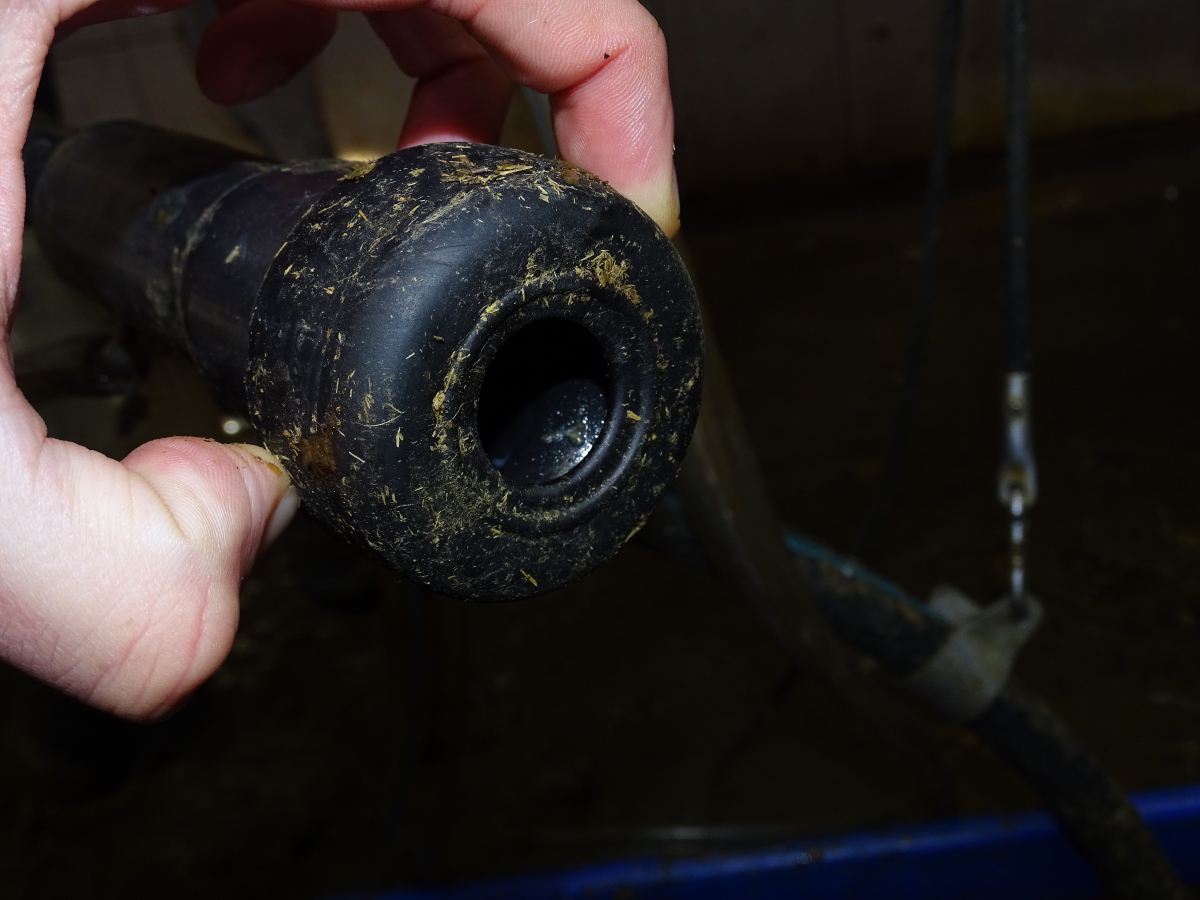Bactoscan or Total Bacteria Count (TBC) are parameters to evaluate the number of bacteria in the milk. The bactoscan is expressed in units, 1 unit means 1000 bacteria/mL. Strict rules are set for the TBC in milk in Europe to be useful for human consumption: TBC should be less than 100 000 bacteria/mL (meaning 100 units for bactoscan) in the collected milk.
High bacteria levels in the milk strongly reduce the shelf life and the ability to be processed into cheese. However, 100 is a legal limit, ideally, TBC should be maintained below 15 000 bacteria/mL (15 units for bactoscan) to reduce the risk of mastitis and to improve the milk quality.
In order to tackle high bactoscan values, it’s then important to understand what parameters can contribute to a higher TBC in the milk.

1. Poor cleaning protocol for the milk machine
When facing high bactoscan levels on the farm, CIP protocol should be investigated:
- check the cleanliness of pipeline and liners,
- check cleaning water temperature,
- detergent concentration,
- cleaning water quantity,
- circulation time,
- rotation of acid and alkaline products.

2. General Hygiene during milking
Bacteria found in the milk can come from the machine, but can also contaminate the milk during milking, due to a poor hygiene. Especially, using a pre-dipping can be very effective on TBC, as it reduces the bacteria load from the teat skin before connecting to the clusters. Other important parameters are:
- hygienic housing for cows,
- shaving the udders,
- using individual paper towels per cow.

3. Mastitis
As mastitis is caused by bacteria colonizing the udder/teats. Infected cows milked together with healthy cows will contribute to a higher general bacteria count in the collected milk. The best preventive action you can take against mastitis is fore-stripping (see related article fore-stripping).

4. Liners replacement rate
As bacteria can survive and multiply on liners, it is important to comply with replacement conditions set by liners companies (for instance rubber liners usually have to be changed after 2500 milkings)
